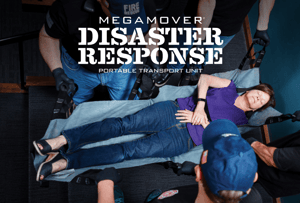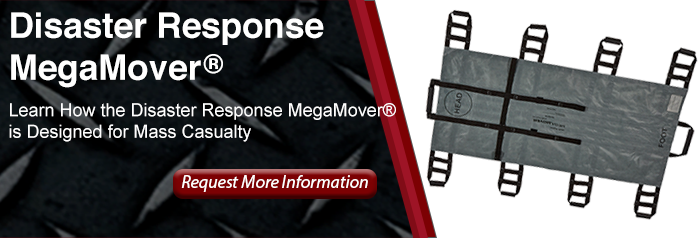 The CDC lists multiple natural disasters such as earthquakes, landslides and mudslides, volcanoes, tornadoes, floods, hurricanes, wildfires, and winter blizzards. Each of these events can have mass casualties with high numbers of wounded. Combine these natural incidents with man-made scenarios such as auto pile-ups, building collapses, terrorist bombings, and mass shootings and it's clear that emergency personnel must prepare for a myriad of scenarios.
The CDC lists multiple natural disasters such as earthquakes, landslides and mudslides, volcanoes, tornadoes, floods, hurricanes, wildfires, and winter blizzards. Each of these events can have mass casualties with high numbers of wounded. Combine these natural incidents with man-made scenarios such as auto pile-ups, building collapses, terrorist bombings, and mass shootings and it's clear that emergency personnel must prepare for a myriad of scenarios.
A Stretching of Resources
One of the trademarks of a mass casualty situation is denoted in the name itself - mass. A mass of victims, a mass of responders, and a mass of work. Unfortunately, the number of victims often exceeds the number of available responders. As Captain Michael Wright, the MIH Coordinator for the Milwaukee Fire Department, states, "(A) mass casualty can be 5 patients and 2 responders." This is a challenge frequently referred to as the patient to available responder ratio.
When the number of victims significantly exceeds the number of available responders, increasing efficiency in transporting these victims to safety becomes challenging. And it's not just about the number of victims needing treatment. So often these disaster scenes are not secure. Additional weather could be on the way, continued rain may increase flooding or wind could speed a forest fire toward a large population. Once a building foundation is damaged, instability will only increase. In addition, car fires and building fires, as well as terrorist attacks, could involve explosions.
The answer is more efficient patient transport.
Why Carry a Victim When You Can Drag?
Recognizing that speed is of the essence, Captain Wright asked this question, "Why waste personnel on bulky carrying equipment, when two people could more efficiently drag a victim to safety?" A Milwaukee Firefighter since 1999, Captain Wright currently works as a Fire Captain and Mobile Integrated Healthcare (MIH) Coordinator. He is the President of the Southeast Tactical LLC and specializes in delivering training to public safety professionals, nationally and internationally.
Wright's years of experience led him to use many different methods of patient transport including backboards, wheeled gurneys, and the patented MegaMover®. Graham Medical, manufacturers of the MegaMover® realized their transport unit could do more, which is why they sought out Captain Wright to have him evaluate their new specialty patient transport prototype.
Introducing the Disaster Response MegaMover®
Improving on the design of the trusted MegaMover® flexible patient carrier, the Disaster Response MegaMover® boasts specialized improvements such as simpler positioning for head and feet, smaller and more maneuverable size, and the ability to drag patients to safety with minimal personnel.
Product specifications include:
- The ability to drag or carry up to 500 lbs.
- Lightweight and compact for carrying without sacrificing durability
- Use of 2-8 responders per victim
- Intuitive head and foot positioning guidance
- Cross strap for patient security
- Reusable unless soiled or damaged
The custom design of the Disaster Response MegaMover® reflects the needs of first responders in disaster crisis situations. To discover more about this new product created to improve patient transport efficiency and assist personnel in tough situations contact us online or call us at (800) 558-6765.


